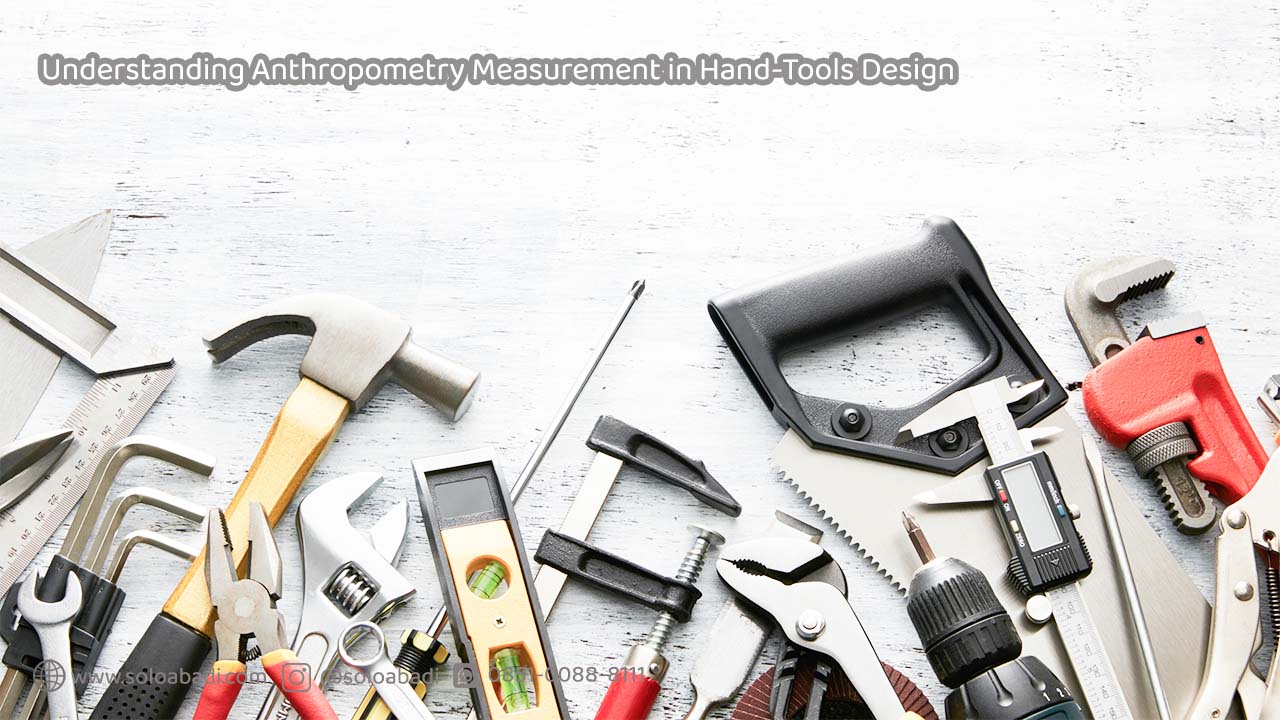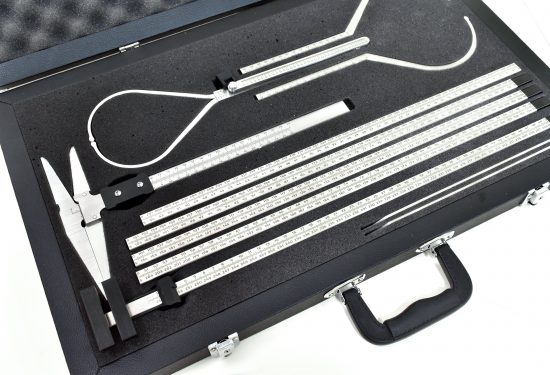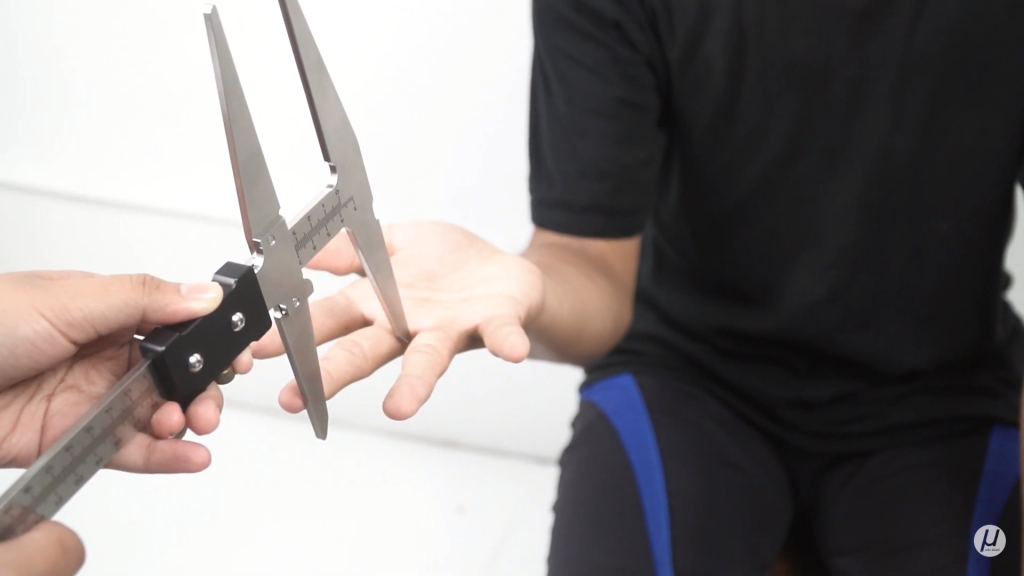The suitability of working tools and the dimensions of the human body will affect the level of comfort and safety. These important aspects will have an impact on workplace safety. Here’s why humans need to go through a process of anthropometric adjustment. This process begins with the design or known as product design. The Hand-Tools product is no exception. But before we go further, let’s understand Anthropometry in hand-tools design.
The Importance of Hand-Tools in the Industry
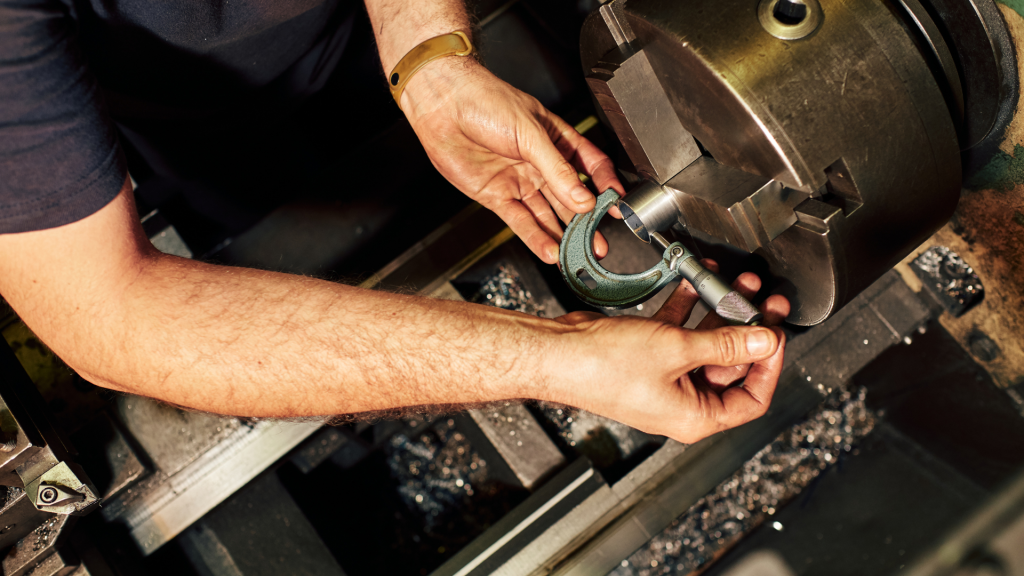
Although in the production process, various industries use advance technology, the presence of hand tools is important for carrying out maintenance process. In its use, Hand-Tools are not instruments that can be separated from the possibility of injury, damage to tools or products that will have an impact on industrial productivity.
This means that industrial productivity depends on the safety and security aspects of its supporting instruments. Therefore, it is important for Hand-Tools to have a design that matches the dimensions of the human body or is ergonomic. This makes it important to apply anthropometry to the design of Hands-Tools and various instruments to support human activities. To find out more, it’s important to know the purpose of the product’s design, including the ergonomic Hand-Tools.
Read More : The Function of Anthropometry in Product Design
Anthropometry in Hand-Tools Design
Anthropometry has been applied in all aspects of life. The reason is, the purpose of Anthropometry is to design products based on the dimensions of the human body. So if a red line is drawn, anthropometry needs to be considered in designing an ergonomic product, because the comfort, safety and suitability of the size of the work tool will affect the interaction of workers with the tools used and have an impact on work safety.
There are 2 important points in the design of Hand-Tools, namely strength and durability. Strength is the maximum force exerted by the hand while resistance is the length of time to maintain strength. The factors that affect strength and resilience, namely:
- The Degree of Slope
- An angle of 19 degrees is formed by the intersection of the straight line on the index finger and the line under the pad of the thumb
- The bent handle helps the wrist to stay straight
2. Design for Grip Strength
- The grip fits the palm of the hand
- Maximum grip length is 12.5 cm
- Pressure at maximum grip 100 N
- The maximum weight of the tool is 2.3 kg and recommended at 1.2kg
Applying Anthropometry in Hands Tool Design
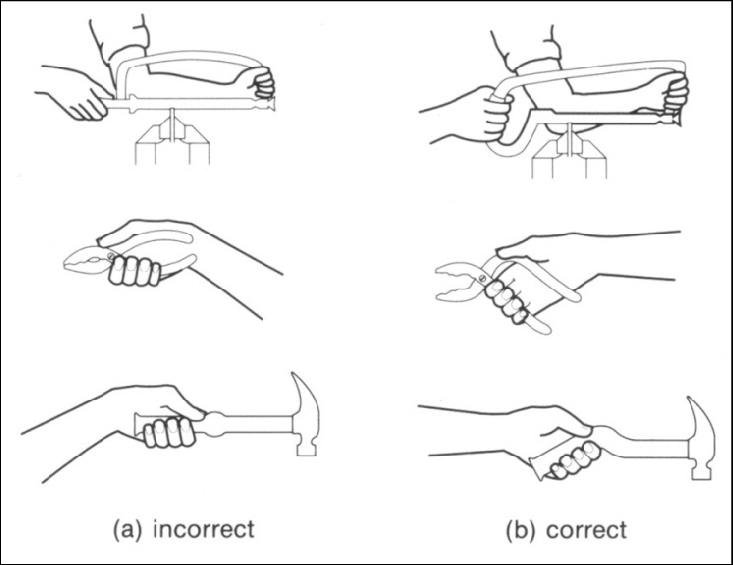
In everyday life we often encounter Hand-Tools designs like the picture on the left, but if Anthropometry is really applied in Hand-Tools design, almost all hand tools have to go through a redesign process to achieve ergonomic principles.
Read More : Get To Know The Most Accurate Ergonomic Measurement Methods
Anthropometric Measuring Tools, Measuring More Than 100 Dimensions
The measuring instrument needed in product design is the Portable Anthropometer. This tool can measure more than 100 dimensions of the human body in a sitting and standing position. If you are familiar with the Anthropometric Chair measuring instrument, then as the name implies Portable Anthropometry is a more compact version of the Anthropometric Chair. This is because Portable Anthropometry comes in a form that can facilitate measurement mobility. In addition, in Portable Anthropometry there are several other measuring tools such as Sliding Caliper, Branches Measurement Curves, Small Spreading Caliper and Large Spreading Caliper.
For more information, please email us at admin@soloabadi.com or via WhatsApp at 08510888111

